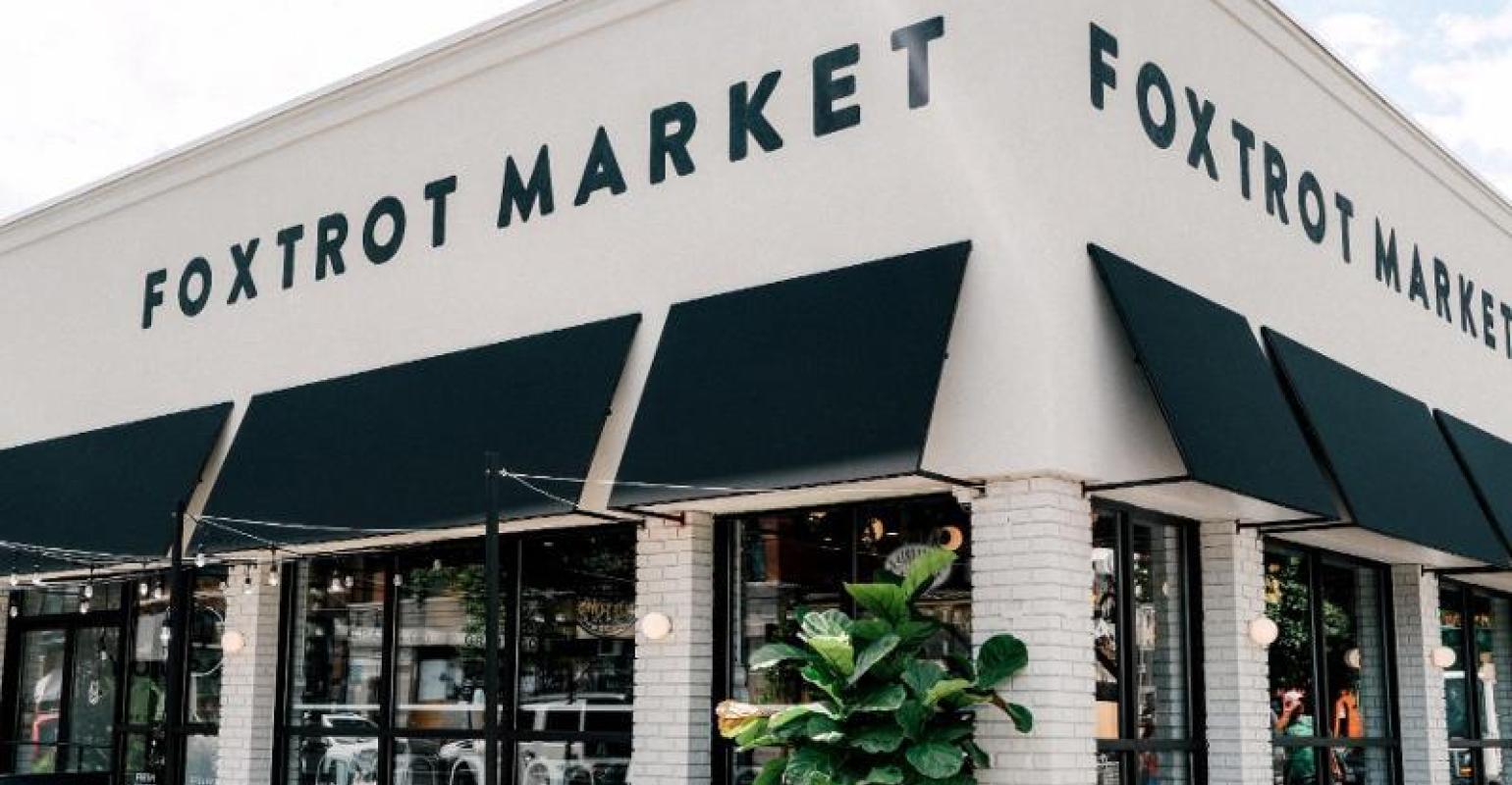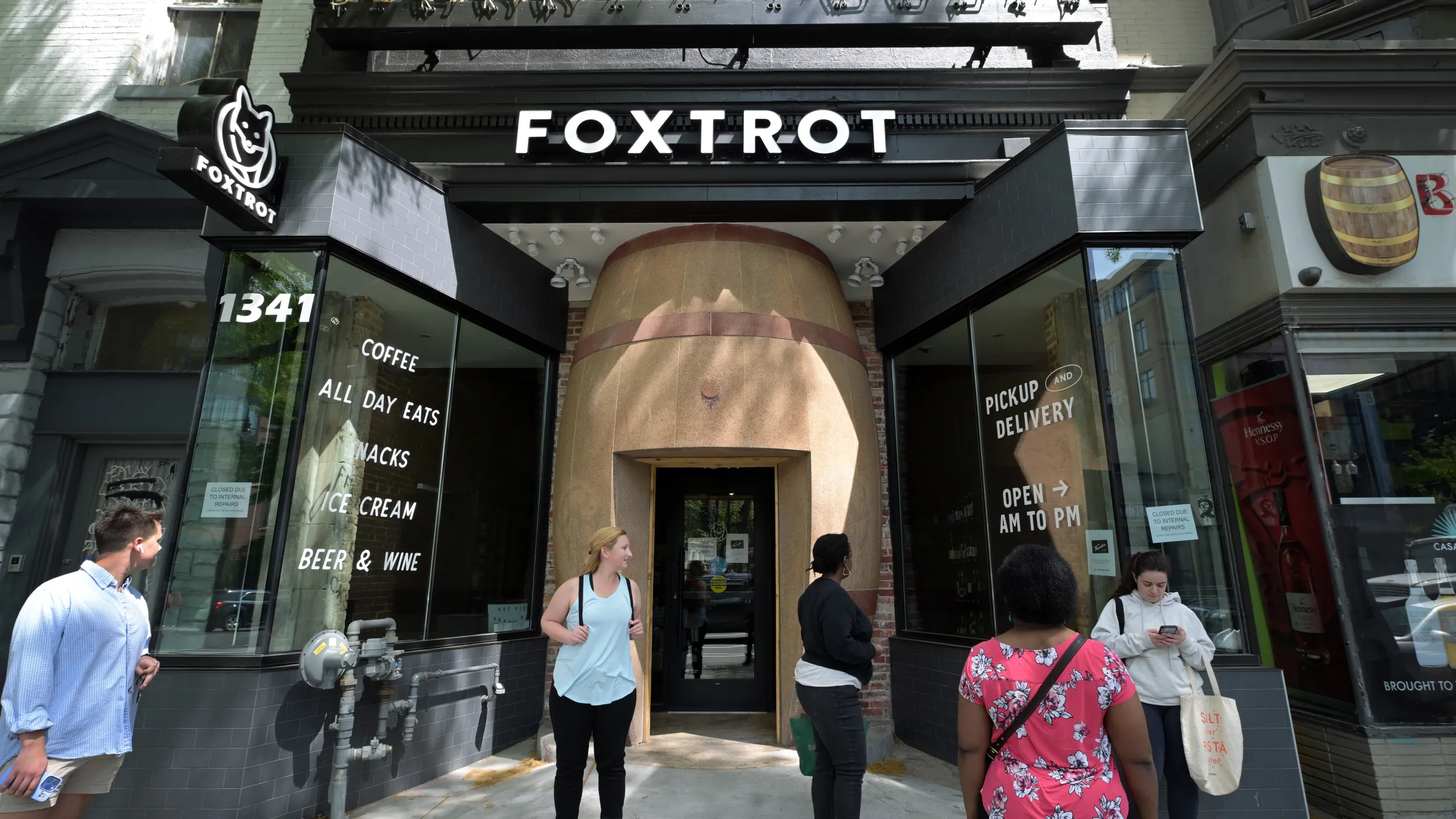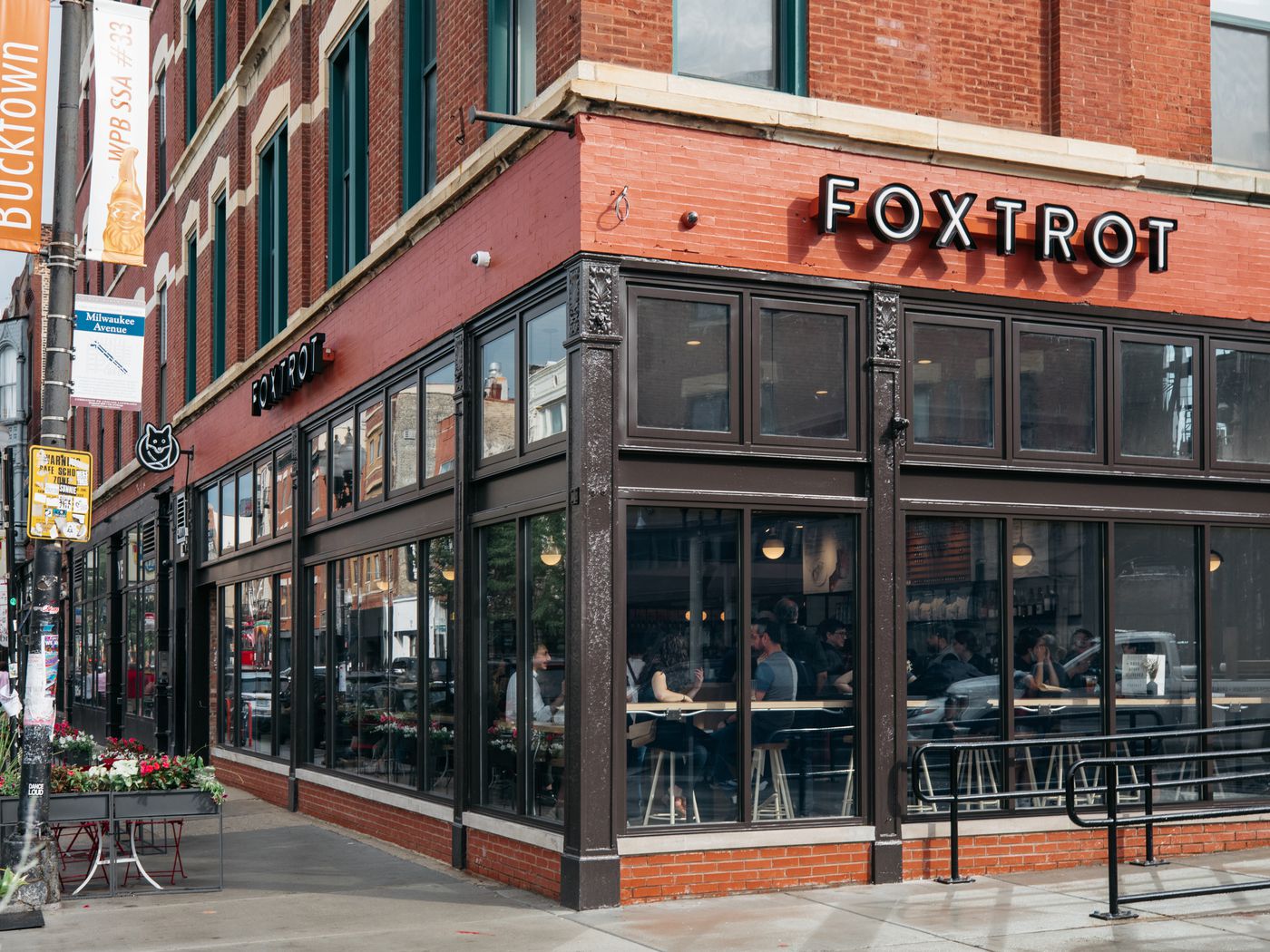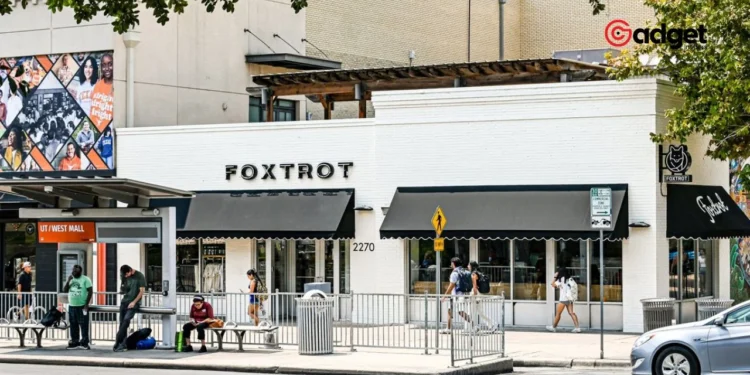The retail world is still reeling from the abrupt shutdown of Foxtrot Market, a once-thriving grocery chain that not only captured the hearts of urban shoppers but also showcased the harsh realities of the retail business. The chain, which boasted 33 locations across major cities like Chicago, Washington, Dallas, and Austin, closed its doors suddenly in April, leaving employees and customers in shock.

The Hidden Struggles of a Private Company
Privately-held companies often have the advantage of keeping their financial woes under wraps, protecting themselves against the immediate consequences of vendor and customer panic. This strategy, while useful in maintaining a facade of stability, can also lead to devastating effects when the reality of cash-flow problems comes to light. In the case of Foxtrot Market, what appeared to be a thriving business was, in fact, a facade hiding a desperate scramble to maintain liquidity.
As seen with other public companies such as Bed Bath & Beyond and Tuesday Morning, the requirement to disclose financial health often brings challenges to the surface sooner, potentially allowing for timely remediation. Foxtrot, lacking such transparency, faced a much steeper battle. The inability to sustain inventory meant diminishing chances of a turnaround—after all, you can’t sell what you don’t have.
— Westside Law Firm (@Westsidelawfirm) May 15, 2024
The Closure and Its Aftermath
April’s sudden closure was a stark wake-up call. Employees were left jobless without notice, and loyal customers found their favorite shopping spots shuttered overnight. The company’s owners expressed their heartache in a farewell letter posted online, highlighting their exhaustive efforts to keep the business afloat and their deep regret over the impact of the decision on the community.

What followed was a public notice about the auctioning of Foxtrot’s assets, which included not just physical inventory but also intellectual property and other equipment. This auction was conducted via a Microsoft Teams video conference—an unconventional but increasingly common method in today’s digital age, overseen by JP Morgan Chase.
From Closure to Bankruptcy
In a final twist to the tale, Foxtrot filed for Chapter 7 bankruptcy on May 14, a decision approved by the board in late April but only executed weeks later. This move marked the end of any lingering hopes for a revival under the original management. The assets, however, found a new beginning. Further Point Enterprises, already an investor in Foxtrot, acquired the remnants for $2.2 million during the foreclosure sale. The future of these assets remains uncertain, with the new owner yet to disclose any plans for them.

Foxtrot Market: Lessons Learned
The story of Foxtrot Market is a somber reminder of the precarious nature of the retail industry, particularly for private companies that lack the cushion of public transparency. For other retailers, this serves as a cautionary tale about the critical balance between maintaining operational secrecy and the necessary disclosures to stakeholders.
Retail analysts and market watchers will undoubtedly keep a close eye on Further Point Enterprises’ next moves. Will they attempt to revive the brand or simply liquidate the acquired assets for a quick return? Only time will tell, but the legacy of Foxtrot Market will serve as an enduring study in the high stakes world of retail management.










